Our Southern neighbors will experience devastating flooding due to Hurricane Florence.
Louisianians know a thing or two about weathering tropical storms and hurricanes, and yes, even flooding.
Please heed the warnings and practice extreme caution.
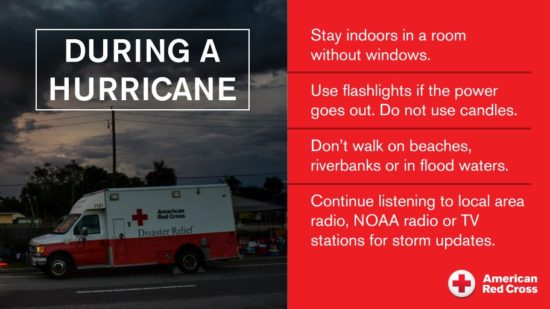
When the floodwaters begin to recede and the affected areas are safe to go back into, flood victims will be faced with the overwhelming task of cleaning up.
Insult, meet injury.
This information and tips on food safety, cleaning carpets, floors, kitchenwares and furniture after a flood offer useful information to those soon to be in clean up mode.
Homeowners will need to document damage for a FEMA claim.
It is imperative to exercise extreme caution when re-entering your home or business when the time is right to so.
Turn off the power to the home or building at the main electrical box.
You will need to take pictures of each room before removing contents.
Once removed to the outdoors and placed into small piles, take pictures of the debris piles.
I am sharing the link to the where tips for separating your debris into categories and other valuable information such as closings, medication refill information and donation sites is provided.
Caution: Remove or secure shut with straps the door(s) of a discarded refrigerator, freezer, washing machine, dryer or stove oven to prevent the risk of a child or person climbing into the appliance, the door locking, and the child or person becoming trapped and suffocating.
Register your claim with FEMA by calling 1-800-621-3362 or by going online to www.disasterassistance.gov.
FEMA cannot duplicate insurance coverage, but the agency can help with immediate needs like housing and medication.
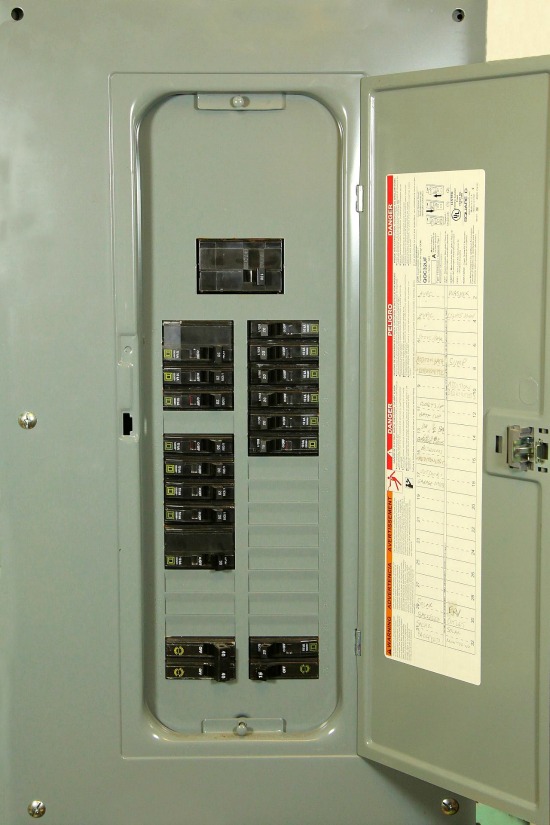
Beware of Fraud and Scams After a Flood
As government agencies and charitable groups began providing disaster assistance, scam artists, identity thieves and other criminals may attempt to prey on vulnerable survivors.
The most common post-disaster fraud practices include phony housing inspectors, fraudulent building contractors, bogus pleas for disaster donations and fake offers of state or federal aid.
Survivors also should keep in mind that federal and state workers never ask for or accept money and always carry identification badges.
There is no fee required to apply for or to get disaster assistance from FEMA, the U.S. Small Business Administration or the state.
Scam attempts can be made over the phone, by mail or email, text or in person.
Residents are asked to remain alert, ask questions and require photo identification when someone claims to represent a government agency.
How To Report Suspicious Activity Or Fraud
- Department of Homeland Security (DHS) Office of Inspector General (OIG)
- Phone: 1-800-323-8603, TTY 1-844-889-4357.
- Web: www.oig.dhs.gov
- Fax: 202-254-4297
- Mail: DHS Office of Inspector General: Mail Stop 0305, Department of Homeland Security, 245 Murray Drive SW, Washington, DC 20528-0305.
- FEMA’s Office of the Chief Security Officer (OCSO) Tip line
- Phone: 1-866-223-0814
- Email: FEMA-OCSO-Tipline@fema.dhs.gov
- National Center for Disaster Fraud Hotline
- Phone: 866-720-5721
- Fax: 225-334-4707
- Email: disaster@leo.gov
- Federal Trade Commission (If survivors discover that someone is misusing their information they should file a complaint)
Beginning the Cleanup
Calling in a professional cleaning service is the best way to go, but in the aftermath of storms and floods these companies can be swamped.
No pun intended.
Also, and this is a big also, the out-of-pocket costs can be expensive and standard homeowners insurance does not cover any type of flood damage.
Homeowners face the important task of damage removal and clean-up.
Take a practical approach to what to keep and what not to keep.
Mattresses should go.
Floodwaters can be contaminated with chemicals, biohazards, sewage, fuel- you get the idea.
A mattress that has been in a flood is a breeding ground for mold.
It’s got to go.
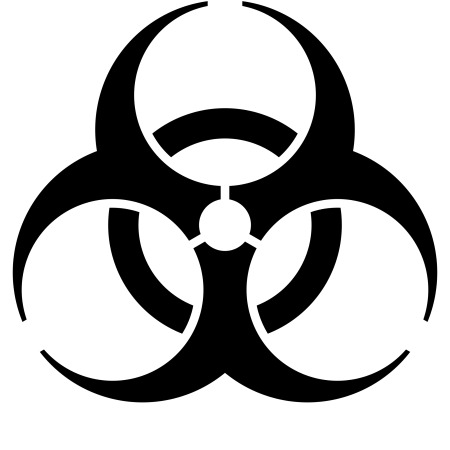
The immediate job of debris removal and cleaning carpets, rugs and floor will help to reduce the growth of molds, algae and bacteria- a proven health risk.
Open windows and doors to expose saturated items to as much air as possible.
Protect yourself from contamination and exposure by wearing gloves and covering your mouth, legs, arms, feet.
Wearing a protective mask and goggles to prevent breathing mold spores and eye exposure is the prudent thing to do.
Carpets
Clean and dry carpet(s) as soon as possible.
Throw out any and all flooring and carpet that has been submerged for 24 hours or more and or covered in sewage tainted floodwater.
Pull up all saturated carpet(s) and rug(s) and remove from the house, apartment, building, etc… placing outdoors to begin the drying process. Sunlight works a natural disinfectant.
Cut your loses: Pull up carpet padding and throw it out.
The soaked material is a breeding ground for mold, mildew and stench.
If removal of carpet(s) is impossible, use a wet-dry vacuum and dehumidifier to dry the carpet as quickly as possible.
A fan can be used to aid in the drying process.
Lift up the carpet to allow the circulated air to reach the underside.
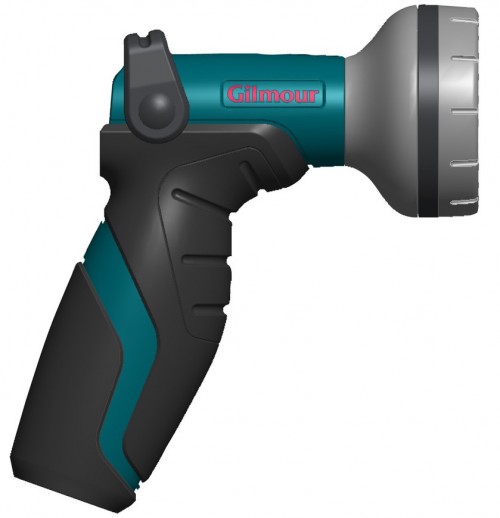
Use a garden hose and nozzle that promotes good water pressure to remove mud.
Apply a disinfectant carpet-cleaning product to heavily soiled spot(s), using a hard-bristled brush or broom to work into spot(s).
To combat mildew and odors, rinse the backing of the carpet(s) and rug(s) with a solution of 2 tablespoons of bleach to 1 gallon of water.
This solution is not to be used on wool carpets.
Also disinfect the slab or subfloor.
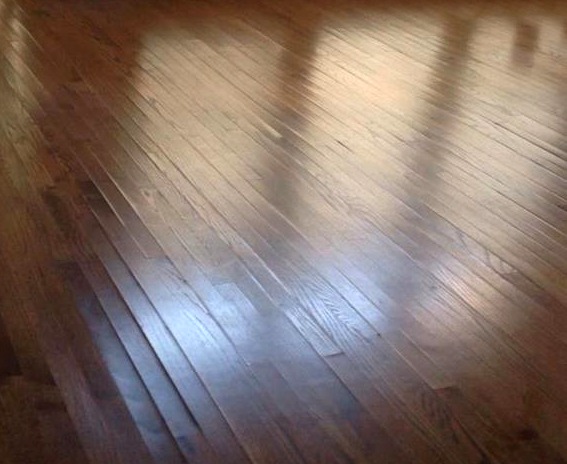
Floors
Clean and dry floor(s) as soon as possible.
Allow floors to dry thoroughly before attempting repairs.
Throw out any and all flooring and carpet that has been submerged for 24 hours or more and/or covered in sewage tainted floodwater.
Begin the clean-up by disinfecting flooring surfaces with a solution of 1 cup chlorine bleach in 1 gallon water.
With vinyl, tile and linoleum flooring: it is vital to remove vinyl, tile or linoleum to allow subflooring to dry.
Drying can take several months to complete.
With regards to wood flooring: Gradual drying of wooden floors can prevent cracking or splitting of the wood.
Removal of hardwood floor boards helps to prevent buckling.
Remove a board every few feet to reduce buckling caused by swelling.
Kitchen
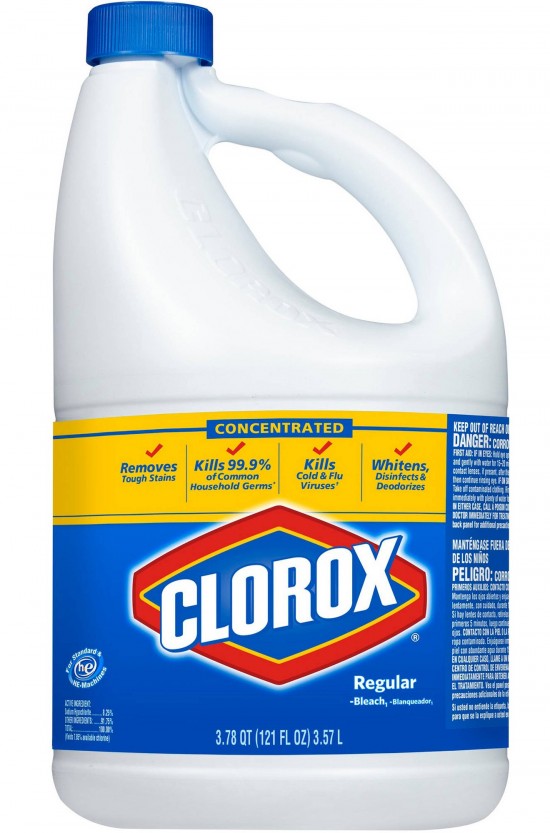
Bleach, bleach, bleach!
Mix up a disinfecting solution of 2 tablespoons of chlorine bleach per gallon of hot water.
Soak glassware and dinnerware for 10 minutes.
Remove items and allow to air-dry.
Thoroughly wipe down countertops and cabinets with disinfecting solution. See recipe above.
Never mix bleach with ammonia. The fumes produced are TOXIC.
Place silverware, metal utensils, pots and pans in boiling in water for 10 minutes to disinfect.
Do not use chlorine bleach due to the reaction between bleach and metals.
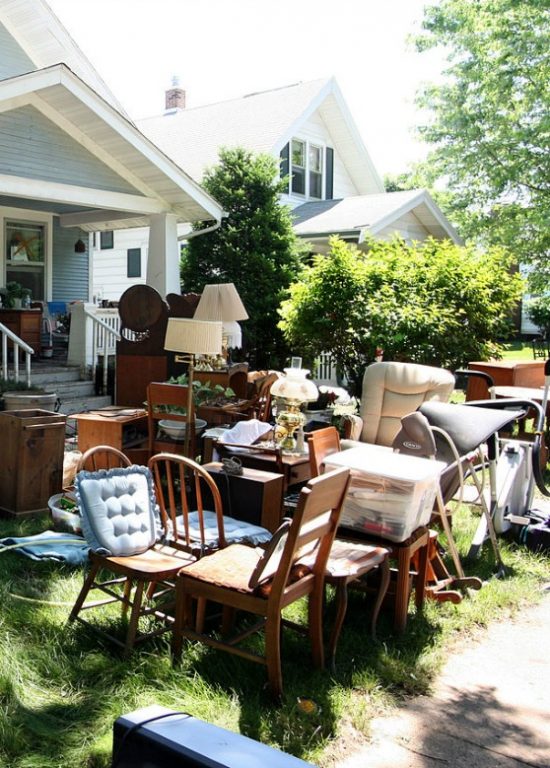
Furniture
Remove furniture and place outside to dry. Sunlight works a natural disinfectant.
Upholstered furniture soaks up contaminants from floodwaters and should be cleaned only by a professional.
Unless sentimental value is attached, the cost to repair wood veneered furniture falls into the not worth it category.
Solid wood furniture can usually be restored, unless damage is severe.
Cleaning carpets, floors, kitchenwares and furniture after a flood is a difficult but necessary task.
The sooner you tackle the removal and cleaning process the sooner the mud, gunk, bayou-lake-river residue, sewage and mildew that exacerbates the problem will soon be on the way to becoming a distant and nasty memory.
Tips for Photos, Papers and Books
One tip that I’m sure will be helpful is how to protect documents, papers and photos from mildew.
Gently wash the mud off a photos, books and documents/papers and place in a frost-free freezer.
Freeze meaningful papers and photos.
Wash the mud off important papers, photographs and books and place them in a frost-free freezer.
The temporary freezing combats mildew from setting in until they can be thawed out and/or taken to a professional restorer.
